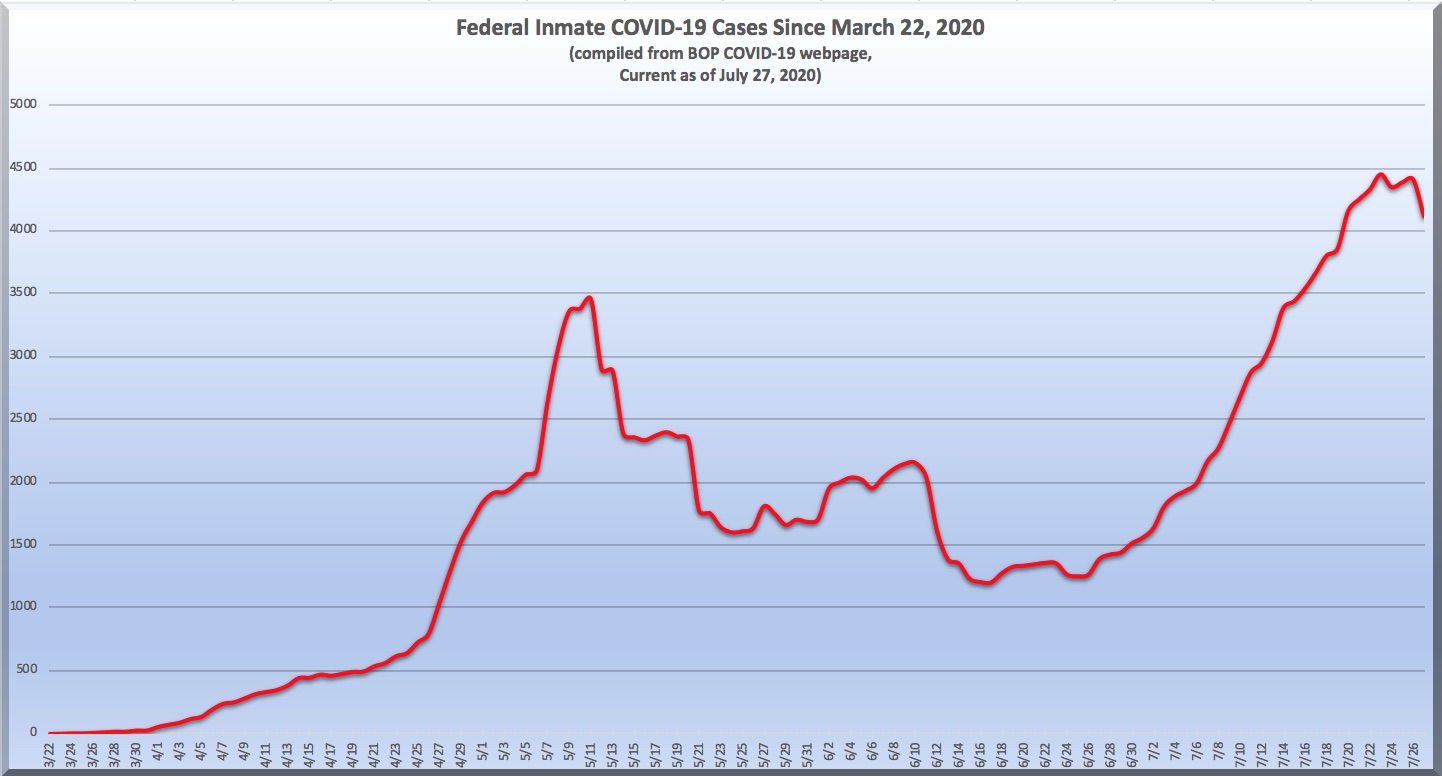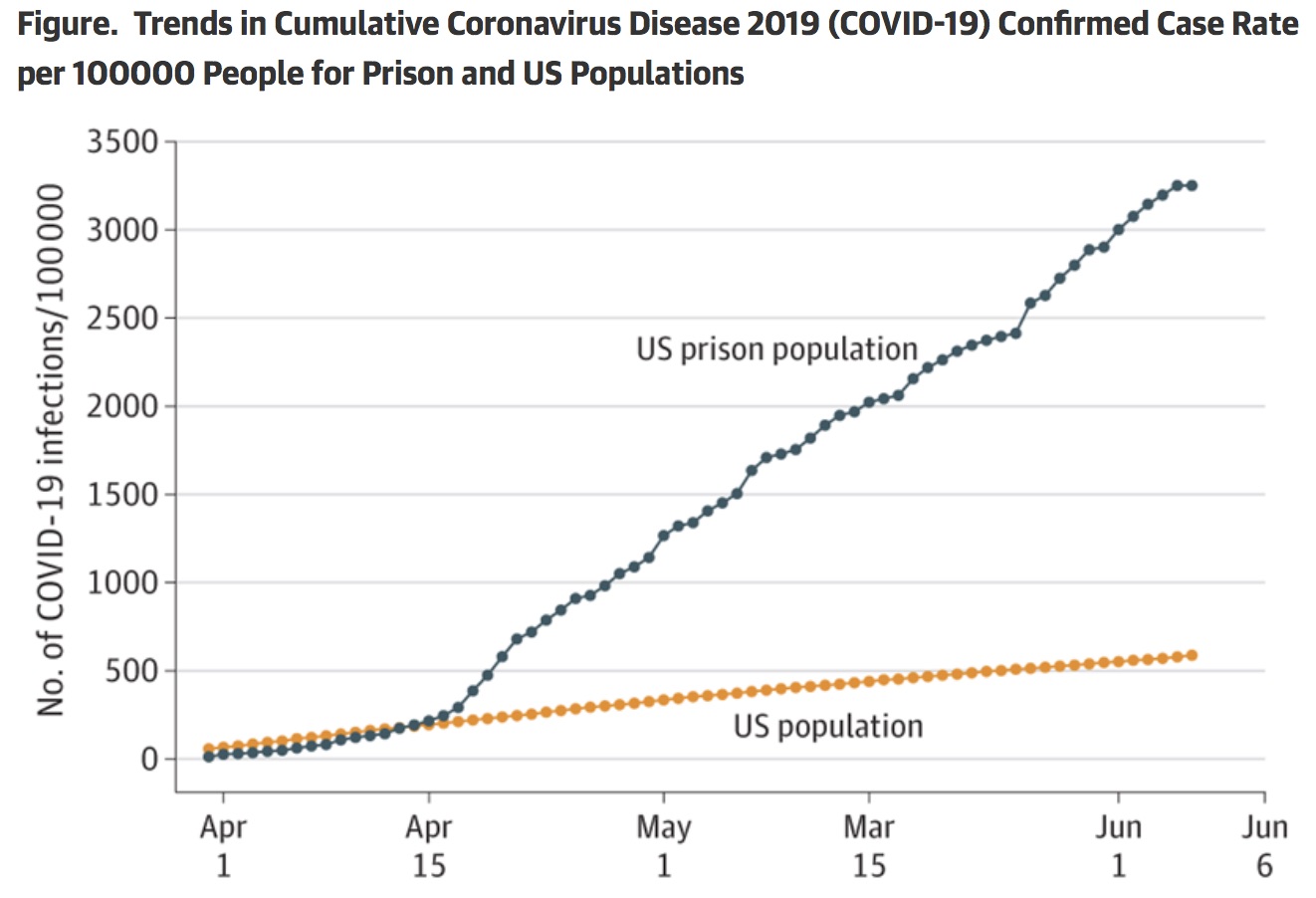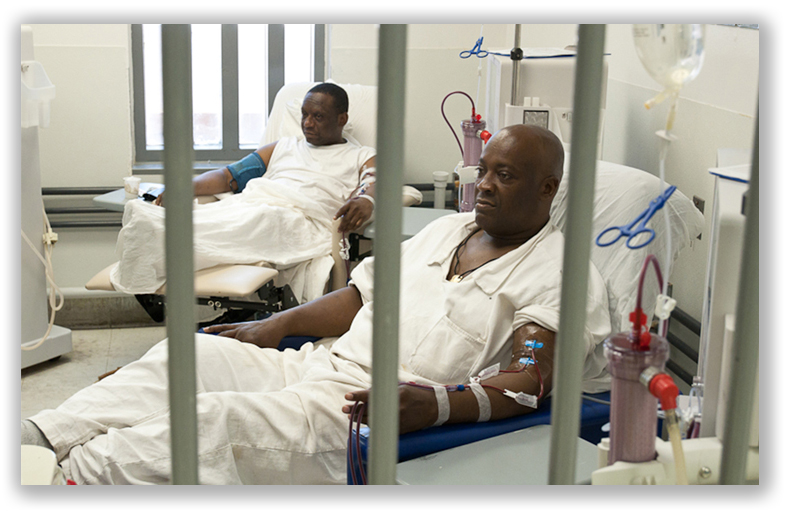We post news and comment on federal criminal justice issues, focused primarily on trial and post-conviction matters, legislative initiatives, and sentencing issues.

A TALE OF TWO CELEBRITY PRISONERS
I have talked to a number of federal inmates who were approved for home confinement by the Bureau of Prisons, only to be yanked back at the last minute because they had not served quite 50% of their full sentences. At last, there is hope! (Spoiler: I’m just kidding).
ICYMI, in the Coronavirus Aid, Relief, and Economic Security Act – signed into law by President Trump on March 27, 2020 – Congress authorized the BOP to send inmates to home confinement at any time (not just in the last 10%/6 months of their sentences under 18 USC § 3624(c)) during a declared national emergency. That would include the current pandemic.
 Congress specified no standards for selecting who should be sent to home confinement. Hypothetically, Ted Kaczynski could be sent home to stay inside for the rest of his natural life. But the Attorney General did establish some standards, such as the inmate has to qualify for low or minimum security (sorry, Ted), have good conduct, be nonviolent, and suffer from one or more CDC-identified risk factors for COVID-19.
Congress specified no standards for selecting who should be sent to home confinement. Hypothetically, Ted Kaczynski could be sent home to stay inside for the rest of his natural life. But the Attorney General did establish some standards, such as the inmate has to qualify for low or minimum security (sorry, Ted), have good conduct, be nonviolent, and suffer from one or more CDC-identified risk factors for COVID-19.
Then, unwilling to leave the Attorney General’s standards alone, the BOP decided on its own that if the inmate had not served 50% of his or her total sentence (not just the sentence adjusted for good conduct, but the whole thing), he or she would not qualify to be sent home. One exception was if the inmate served 25% and had fewer than 18 months to go. Another exception was… well, let’s get to that.
Last week we saw another example of the BOP’s practice of treating high-profile prisoners different from everyone else.
In May, Paul Manafort was sent to home confinement after serving 27% of his sentence, with 53 months left to go. The BOP explained that while its standards required that inmates serve 50% of their total sentences, it had the “discretion” to make exceptions, which it did in Paul Manafort’s case (even though there was no COVID-19 at Manafort’s prison).
Put another notch in the BOP’s “discretion” belt. Last week, former Philadelphia-area U.S. Representative Shaka Fattah, sentenced to 10 years starting Jan 25, 2017, was released to home confinement from USP Canaan camp. As of last night, USP Canaan reported a single COVID-19 case, and has had only four others since March. The ex-Congressman has served 42 months, and has 60 months left until his good-time release.
 Compare this treatment to disfavored high-profile prisoners. Back in New York City, former Trump attorney Michael Cohen (who will not be furloughed to have Thanksgiving Dinner with the President) was yanked out of home confinement and sent back to FCI Otisville on July 9. The BOP said it was because he was trying to negotiate all of his home confinement conditions and was being difficult. Cohen and his lawyer said it was because the BOP was trying to make him agree to not talk to the media or write his tell-all book about President Trump, due out just before the election.
Compare this treatment to disfavored high-profile prisoners. Back in New York City, former Trump attorney Michael Cohen (who will not be furloughed to have Thanksgiving Dinner with the President) was yanked out of home confinement and sent back to FCI Otisville on July 9. The BOP said it was because he was trying to negotiate all of his home confinement conditions and was being difficult. Cohen and his lawyer said it was because the BOP was trying to make him agree to not talk to the media or write his tell-all book about President Trump, due out just before the election.
Last week, the ACLU filed a habeas corpus on behalf of Cohen, arguing he should be returned to home confinement because the BOP was violating his 1st Amendment rights. The government filed a detailed opposition that explained no one even knew Cohen was writing a book, and he was asked to sign a list of home confinement conditions that the probation officer, a newbie on the job, had gotten from a friend who had used it for other high-profile inmates sent to home confinement.
Last Thursday, a judge granted habeas corpus, and ordered Cohen returned to home confinement. “In 21 years of being a judge and sentencing people and looking at the terms and conditions of supervised release,” he said, “I have never seen such a clause… Why would the Probation Officer ask for something like this unless there was a purpose to it, unless there was a retaliatory purpose saying, ‘You toe the line about giving up your First Amendment rights or we will send you to jail,’” the judge asked.
The irony here is that both sides were right. There is no doubt that the 1st Amendment limitations the Probation Office sought to ram down Cohen’s throat were gross constitutional violations. Federal inmates in prison are entitled to write books (and can even sell them). Indeed, I have read a few inmate-written books, most of which were self-published and execrable.
 Likewise, I have no doubt that the Probation official who prepared the Cohen manuscript had no idea he was writing a book, nor did he imagine that he was creating a constitutional firestorm. Some of the grossest unconstitutional limitations on freedom I have ever seen appeared in terms of supervised release as interpreted by probation officers. Imagine living your life prohibited from using any Internet-connected device without prior approval of a Probation Officer. Or from having any contact with anyone who had ever been convicted of a crime (yeah, “crimes” including speeding). Or accepting a job offer, buying a house or going to Paducah, Kentucky, on an overnight business trip.
Likewise, I have no doubt that the Probation official who prepared the Cohen manuscript had no idea he was writing a book, nor did he imagine that he was creating a constitutional firestorm. Some of the grossest unconstitutional limitations on freedom I have ever seen appeared in terms of supervised release as interpreted by probation officers. Imagine living your life prohibited from using any Internet-connected device without prior approval of a Probation Officer. Or from having any contact with anyone who had ever been convicted of a crime (yeah, “crimes” including speeding). Or accepting a job offer, buying a house or going to Paducah, Kentucky, on an overnight business trip.
Philadelphia Inquirer, Former Philly U.S. Rep. Chaka Fattah came home early from prison. Federal officials won’t say why. (July 26)
The New York Times, Judge Orders Cohen Released, Citing ‘Retaliation’ Over Tell-All Book (July 23)
– Thomas L. Root




























